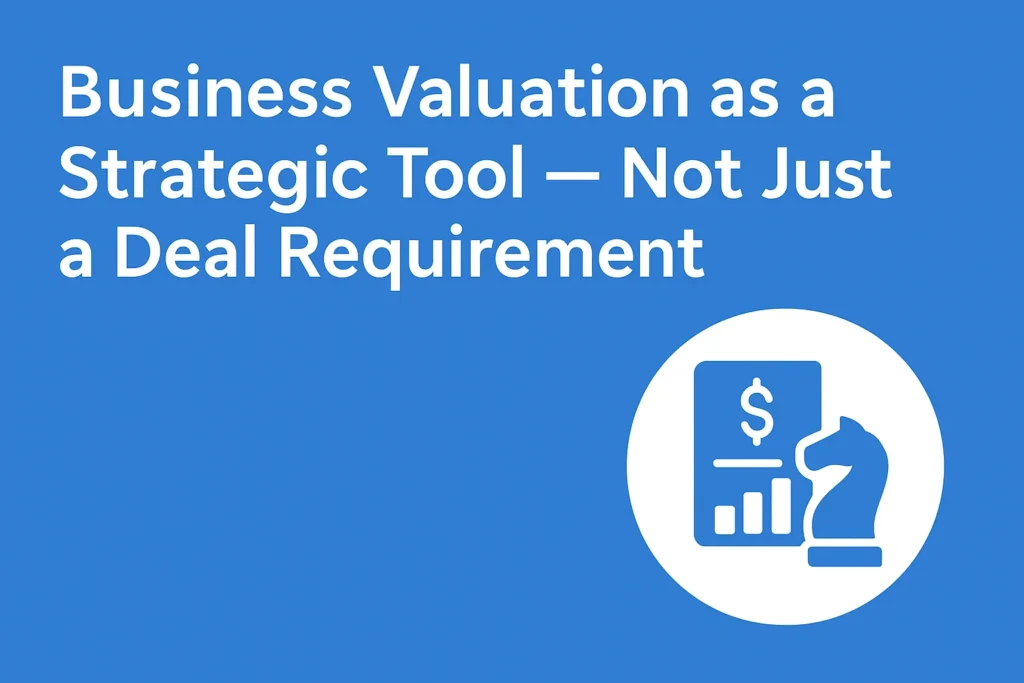Financial models are the backbone of strategic decision-making, investment analysis, and valuation. A well-built model can guide your business toward smarter growth, while a poorly designed one can mislead you. This article explores the key elements that make financial models reliable, accurate, and valuable.
Why High-Quality Modeling Matters
- Informs better decisions
- Attracts investors
- Reduces risk
- Builds stakeholder trust
Key Elements of High-Quality Financial Modeling
1
Clear Structure
Organize the model logically, with separate tabs for assumptions, calculations, and outputs.
2
Transparent Assumptions
State your assumptions clearly, with supporting data and documentation.
3
Consistency
Use uniform formulas, formats, and naming conventions throughout.
4
Robust Error Checks
Include validation checks to catch mistakes before sharing the model.
5
Flexibility for Scenario Analysis
Allow easy adjustment of variables to test best/worst cases.
6
Clean Presentation
Use clear labels, headings, and charts to help stakeholders navigate easily.
Best Practices for Financial Modeling
- Version control
- Protect critical formulas
- Link supporting documents
- Document methodology
Conclusion
High-quality financial models empower better decisions and build trust in your numbers. Investing time in solid modeling pays dividends over the long term.



